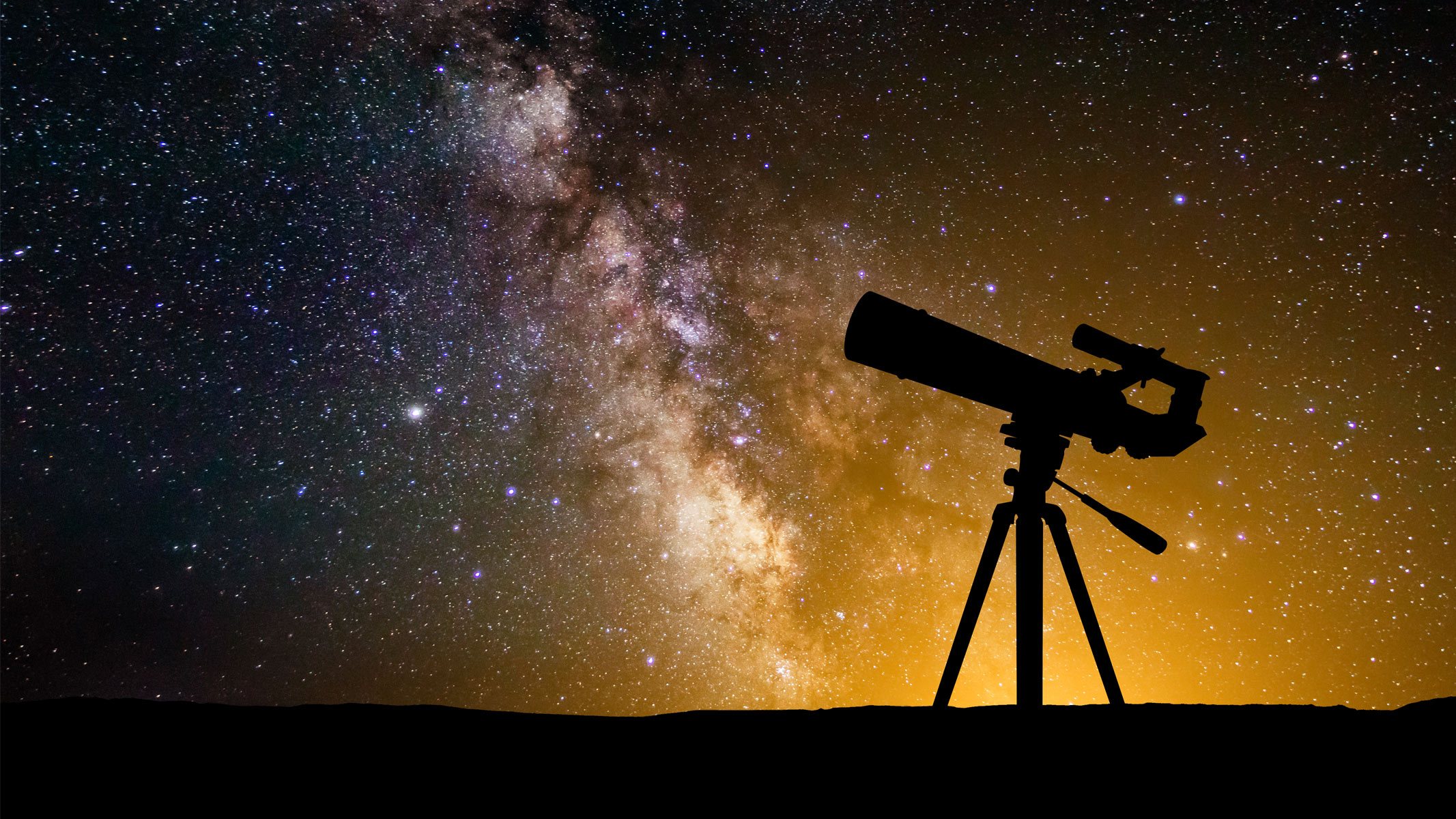On 'One Strange Rock,' Former Astronaut Mae Jemison Delves into Life's Origins
As the late Carl Sagan once said, "We are made of star stuff." Everyone and every living thing is composed of atoms that were born inside stars and scattered across the universe through supernova explosions. So, how did those ingredients give rise to life on Earth? Former NASA astronaut and physician Mae Jemison tackles that question in a new episode of "One Strange Rock" tonight (April 16) on the National Geographic Channel.
The new documentary series tells the remarkable story of how Earth became life's home as we know it — and the only place in the universe known to sustain life — through a series of coincidental or "lucky" events in our planet's history. Eight veteran space travelers narrate the series, telling the story of our planet from the perspectives of a few of the people who have ever left it.
For the fourth episode, titled "Genesis," Jemison takes the lead, channeling her expertise as a former physician. Before Jemison became the first African-American woman to go into space, she was a medical officer for the Peace Corps. "As a child, I was fascinated by the question, 'Who am I? What am I?'" Jemison says in the episode. [7 Theories on the Origin of Life]
"You, me, the dog — we're all made of the same dead dust that built the planet. It's just mixed up different," Will Smith, who hosts the show, says in tonight's episode. "The big mystery is, what's the mixer?"
While researchers have yet to figure out how life first spawned on our planet, they have narrowed it down to three main ingredients: chemicals, water and energy. Exactly how those ingredients combined to create the first organisms on Earth is still up for debate.
Perhaps it all started with a spark of lightning, Jemison discusses in tonight's episode. Research has shown that sparks of electricity trigger a chemical reaction in the gases that are believed to have made up the atmosphere of primordial Earth. Such a reaction could have created the first amino acids — the building blocks of life.
Another leading theory suggests that life arose in deep-sea hydrothermal vents, where the volcanic gas carbonyl sulfide catalyzes the formation of chains of amino acids, or peptides. While Jemison and her colleagues explain the science behind this life-building phenomenon on "One Strange Rock," you can watch as scuba-diving scientists explore deep-sea caves, where billions of primitive bacteria form colorful clouds in the water.
Breaking space news, the latest updates on rocket launches, skywatching events and more!
Catch it on the National Geographic Channel at 10 p.m. EDT/PDT (9 p.m. CDT). Check local listings.
Email Hanneke Weitering at hweitering@space.com or follow her @hannekescience. Follow us @Spacedotcom, Facebook and Google+. Original article on Space.com.

Hanneke Weitering is a multimedia journalist in the Pacific Northwest reporting on the future of aviation at FutureFlight.aero and Aviation International News and was previously the Editor for Spaceflight and Astronomy news here at Space.com. As an editor with over 10 years of experience in science journalism she has previously written for Scholastic Classroom Magazines, MedPage Today and The Joint Institute for Computational Sciences at Oak Ridge National Laboratory. After studying physics at the University of Tennessee in her hometown of Knoxville, she earned her graduate degree in Science, Health and Environmental Reporting (SHERP) from New York University. Hanneke joined the Space.com team in 2016 as a staff writer and producer, covering topics including spaceflight and astronomy. She currently lives in Seattle, home of the Space Needle, with her cat and two snakes. In her spare time, Hanneke enjoys exploring the Rocky Mountains, basking in nature and looking for dark skies to gaze at the cosmos.

